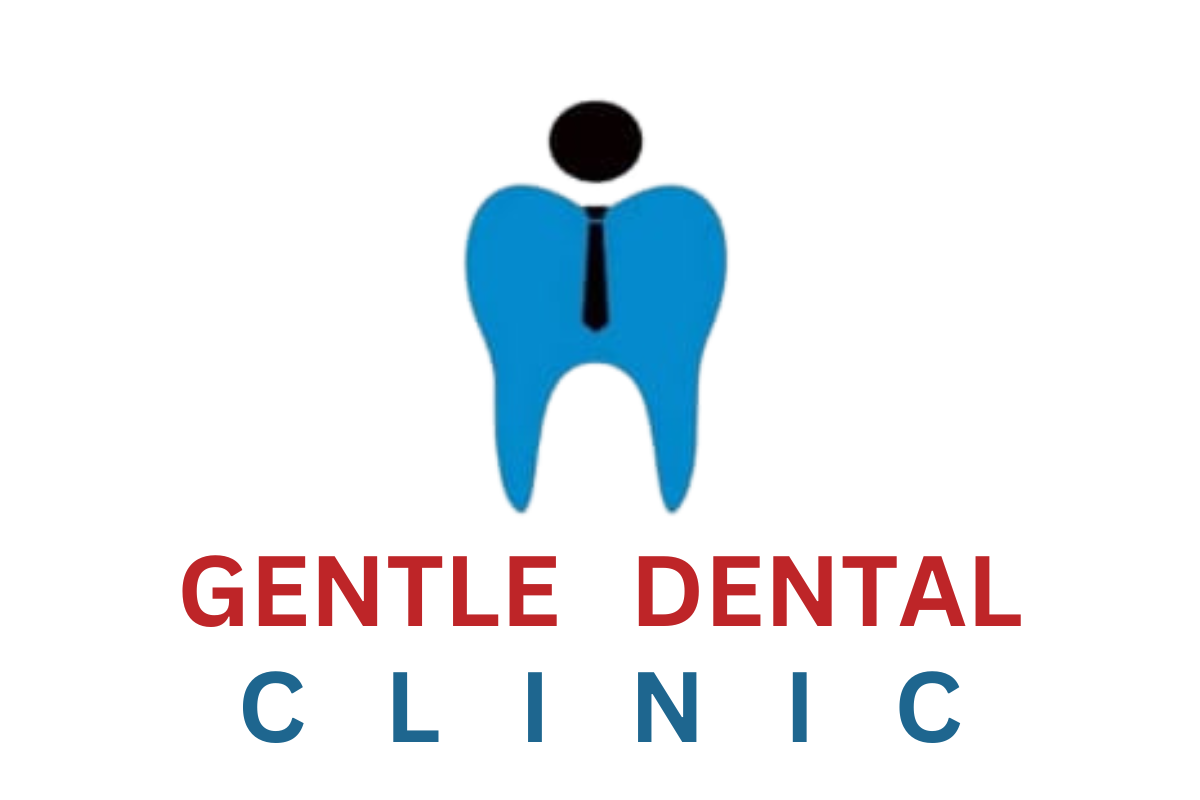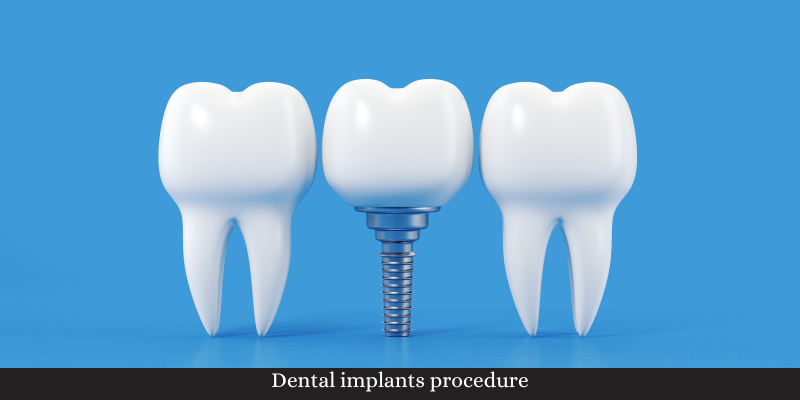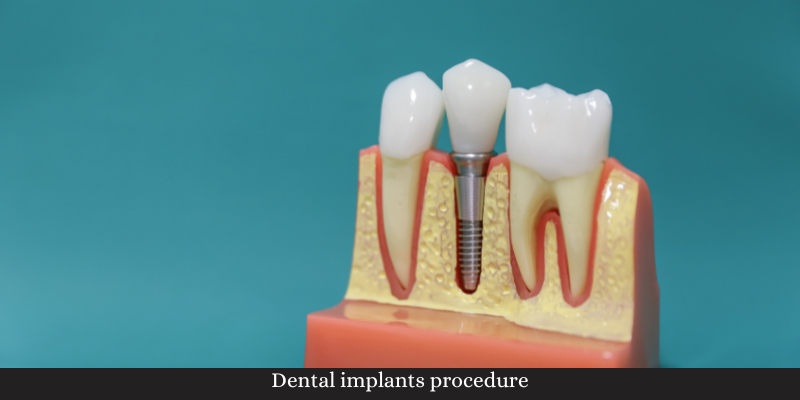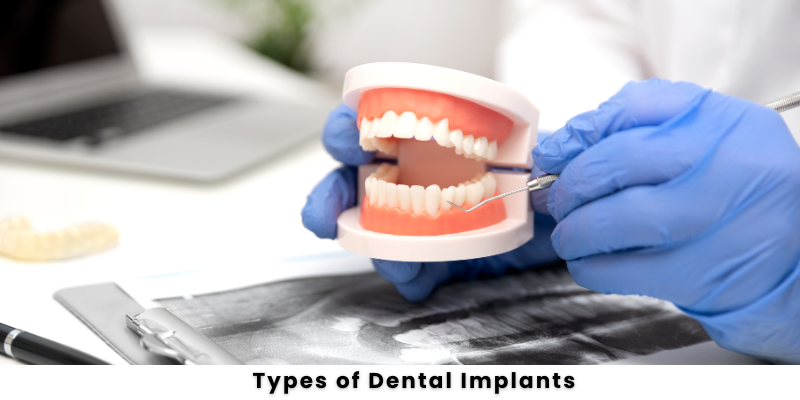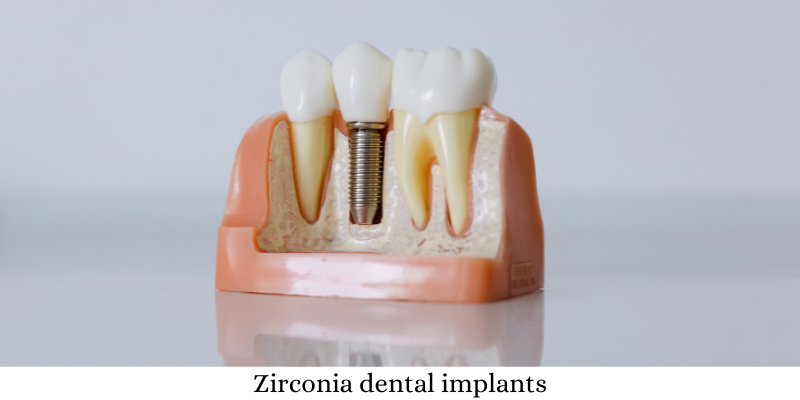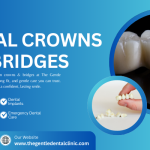Zirconia Dental Implants
Zirconia dental implants represent an innovative advancement in the field of dentistry, offering a metal-free alternative to traditional titanium implants. Zirconia, a crystalline form of zirconium dioxide, is biocompatible and has been proven to integrate effectively with the jawbone, comparable to its titanium counterparts. This ceramic material has gained popularity due to its aesthetic potential, particularly in cases where the natural appearance of gums and teeth is a primary concern.
Unlike metal implants, zirconia is white and lends itself to a more natural look, especially in the anterior region of the mouth where aesthetics is paramount.
Patients who exhibit an allergy or sensitivity to metals have increased options in dental care as zirconia provides a hypoallergenic solution, minimizing the risk of adverse reactions. Additionally, the non-metal nature of zirconia reduces the risk of corrosion and metallic taste that some patients experience with metal implants. The high strength and durability of zirconia ensure that these implants can withstand the significant forces associated with chewing, providing a long-lasting and reliable solution for tooth replacement.
Zirconia dental implants continue to expand in popularity, driven by the increasing demand for holistic and aesthetically focused dental treatment options. As research and technology advance, the material’s application in dentistry is set to grow, offering patients a conducive solution that balances both function and form.
Benefits Of Zirconia Over Traditional Implants
Zirconia dental implants have gained increasing popularity in recent years due to their numerous advantages over traditional titanium implants. One of the primary benefits of zirconia implants is their superior aesthetic appeal. Unlike titanium implants, which can sometimes create a greyish tint around the gum line, zirconia implants blend seamlessly with natural tooth color, providing a more visually appealing option for patients, especially in cases where the gums may recede over time.
Additionally, zirconia’s non-metallic nature means it is highly biocompatible, minimizing the risk of allergic reactions or sensitivity often associated with metal-based implants. This makes zirconia an excellent choice for patients with metal sensitivities or those seeking a metal-free option for their dental restoration.
Moreover, zirconia implants are known for their excellent strength and durability. They are highly resistant to fractures and wear, ensuring a long-lasting solution that can withstand the daily pressures of chewing. Due to their smooth surface, zirconia implants also exhibit a lower affinity for plaque and bacterial accumulation, promoting healthier gum tissues and reducing the risk of peri-implantitis. In addition, zirconia’s thermal insulation properties provide a more comfortable experience for patients, as they reduce sensitivity to hot and cold stimuli.
Collectively, these benefits make zirconia dental implants an appealing alternative for those seeking a reliable and aesthetically pleasing solution for tooth replacement.
Types And Designs Of Zirconia Implants
Zirconia dental implants have gained popularity as an aesthetic and metal-free alternative to traditional titanium implants. These implants come in various types and designs, each tailored to address specific clinical needs and patient preferences. The most common type of zirconia implant is the one-piece design, where the fixture and abutment are monolithic, offering improved strength and stability. This design minimizes the risk of bacterial infiltration and peri-implantitis since there are no micro-gaps where bacteria can accumulate.
However, the one-piece design requires precise planning and placement, as it allows less flexibility in angulation compared to two-piece systems.
Two-piece zirconia implants address this limitation by separating the abutment from the fixture, offering versatility in prosthetic component angulation and height adjustments, similar to traditional titanium systems. This flexibility facilitates more straightforward procedures for complex cases, such as those involving limited bone availability or aesthetic demands. Some manufacturers offer modular systems, allowing for component customization to meet individual patient needs.
The surface design of zirconia implants plays a crucial role in osseointegration, the process by which the implant fuses with the jawbone. Various surface treatments, such as sandblasting and acid etching, have been developed to enhance this integration. Textured or micro-roughened surfaces facilitate better bone apposition, promoting long-term implant success. The combination of design and material properties makes zirconia implants a compelling choice for both patients and practitioners seeking a holistic approach to dental restoration.

The Procedure For Zirconia Implant Placement
The procedure for zirconia implant placement involves several stages to ensure a successful and durable outcome. Initially, a comprehensive evaluation and planning phase is conducted, often involving panoramic X-rays or 3D imaging to assess the jawbone’s condition and determine the precise placement of the implant. The patient’s oral health and medical history are also reviewed to ensure suitability for the procedure.
Once cleared for surgery, the first step involves numbing the targeted area with local anesthesia to ensure patient comfort during the procedure. A small incision is made in the gum tissue to expose the underlying bone. Using specialized instruments, the dentist or oral surgeon prepares the bone by drilling a hole with precision to accommodate the zirconia implant. Zirconia implants, known for their biocompatibility and aesthetic qualities, are then carefully inserted into the prepared site.
After the implant is placed, the gum tissue is sutured and allowed to heal, a process that typically takes several months as the implant integrates with the bone through osseointegration. A temporary restoration may be placed during this healing period. Once integration is confirmed, the implant is uncovered, and an abutment is attached, followed by the placement of the final zirconia crown, completing the restoration and providing a natural-looking, functional tooth replacement.
Long-Term Care And Maintenance For Zirconia Implants
Long-term care and maintenance of zirconia dental implants are crucial to ensuring their longevity and optimal performance. These implants, prized for their durability and aesthetic appeal, require regular attention and care similar to natural teeth. The foundation of maintaining zirconia implants lies in good oral hygiene practices. Brushing twice daily with a non-abrasive toothpaste helps prevent plaque accumulation, while flossing is essential to remove any debris between teeth and around the implants.
Patients are advised to use specialized interdental brushes or water flossers, which can effectively clean the areas around the implants without causing damage.
Routine dental check-ups are indispensable, as they allow for professional cleaning and assessment. Dentists can detect early signs of potential problems such as peri-implantitis, a condition characterized by inflammation of the tissue surrounding the implant, which can lead to implant failure if not treated promptly. It is crucial for individuals with zirconia implants to avoid biting on hard objects, as this can cause fractures or damage.
Lifestyle choices also play a significant role in the maintenance of zirconia implants. Limiting the consumption of staining substances like coffee, tea, and tobacco is recommended to preserve the aesthetic integrity of the implants. By adhering to these guidelines and maintaining an open line of communication with dental care professionals, patients can enjoy the benefits of their zirconia dental implants for many years.
Comparing Costs: Zirconia Vs. Other Dental Implants
When considering the cost of dental implants, zirconia implants often emerge as a topic of significant interest due to their unique properties and increasing popularity. Zirconia, known for its excellent aesthetics and biocompatibility, tends to be more expensive than traditional titanium implants. The production process of zirconia implants is complex and requires highly specialized equipment and expertise, contributing to the elevated cost.
Additionally, the material itself is more expensive to source and manufacture. On average, zirconia implants can be 10-20% more costly than their titanium counterparts, though these percentages may vary based on location, dental practices, and specific patient needs.
Comparatively, titanium has been the industry standard for decades, primarily due to its high success rates and cost-effectiveness. However, some patients may experience allergic reactions or aesthetic concerns, as titanium can sometimes result in an unnatural gray hue beneath the gum line. In contrast, zirconia’s tooth-like color provides a more natural appearance, which can justify its higher price for those seeking superior aesthetics or a metal-free implant option.
Furthermore, zirconia’s non-corrosive nature makes it particularly appealing for patients with sensitivities to metals. Ultimately, the decision often hinges on an individual’s priorities, weighing the cost against benefits such as aesthetics, biocompatibility, and personal health considerations. Consulting with a dental professional can provide tailored guidance, ensuring the best fit for each patient’s needs and budget.
